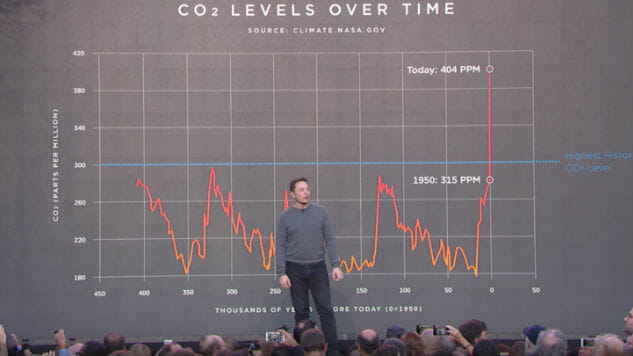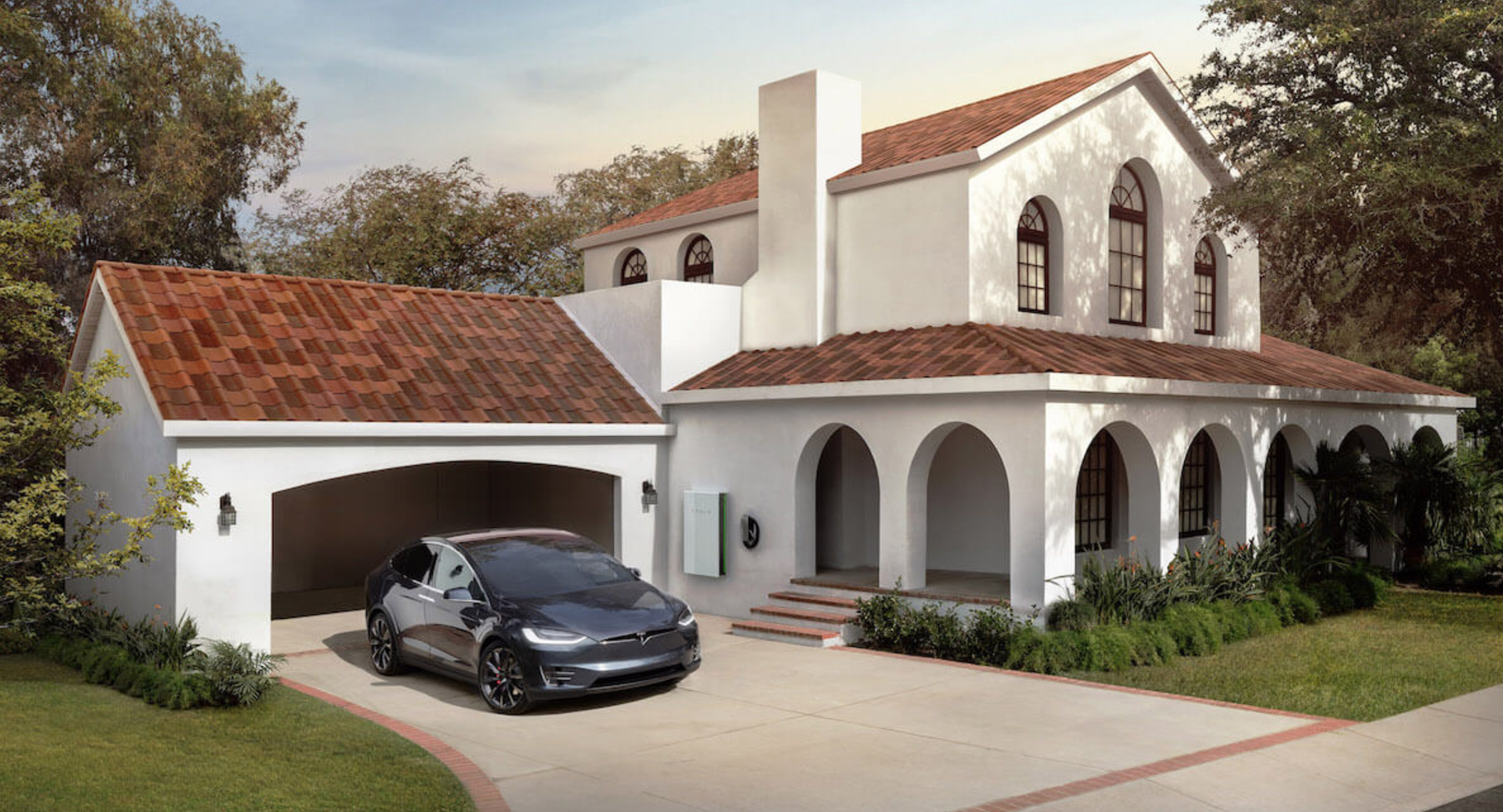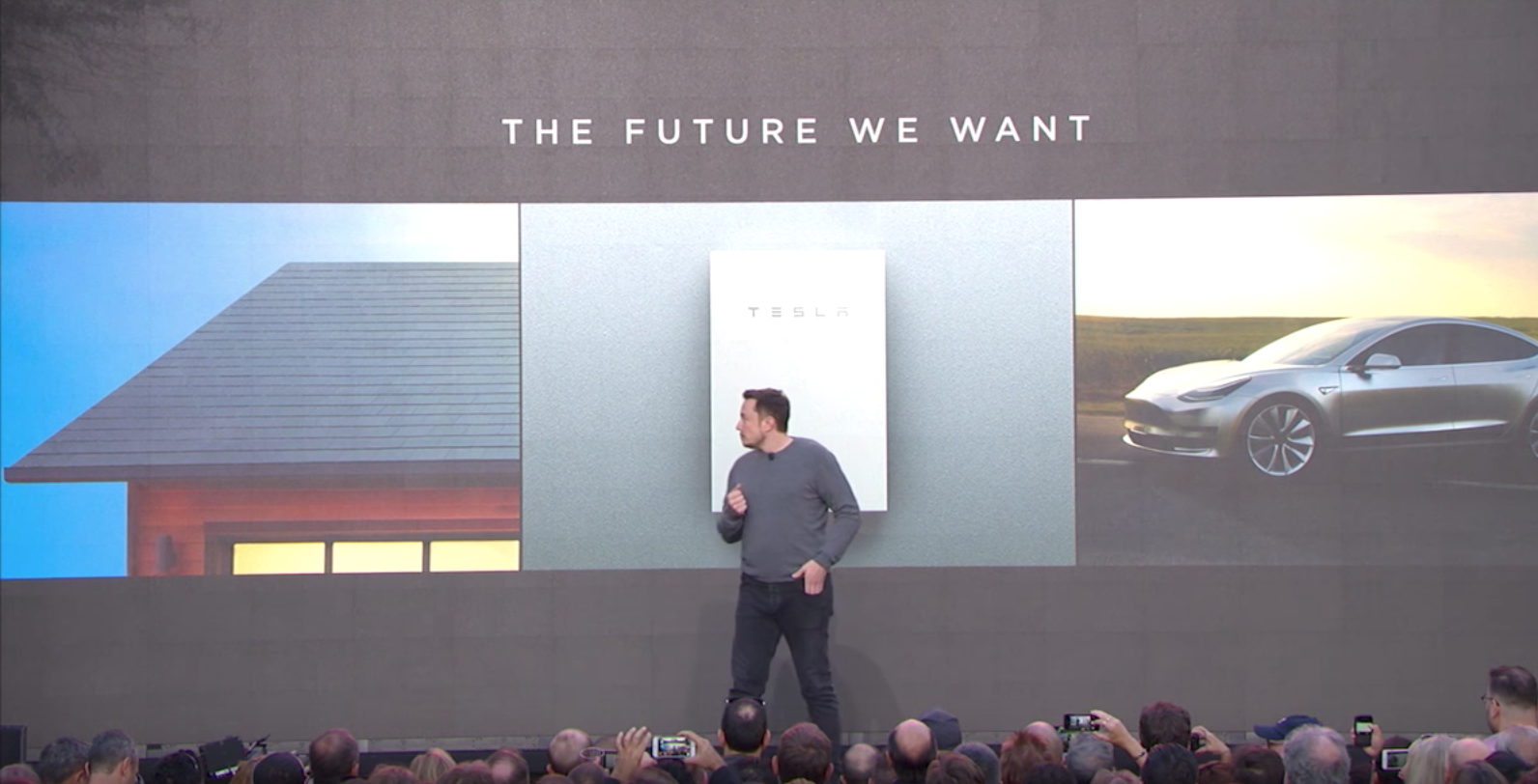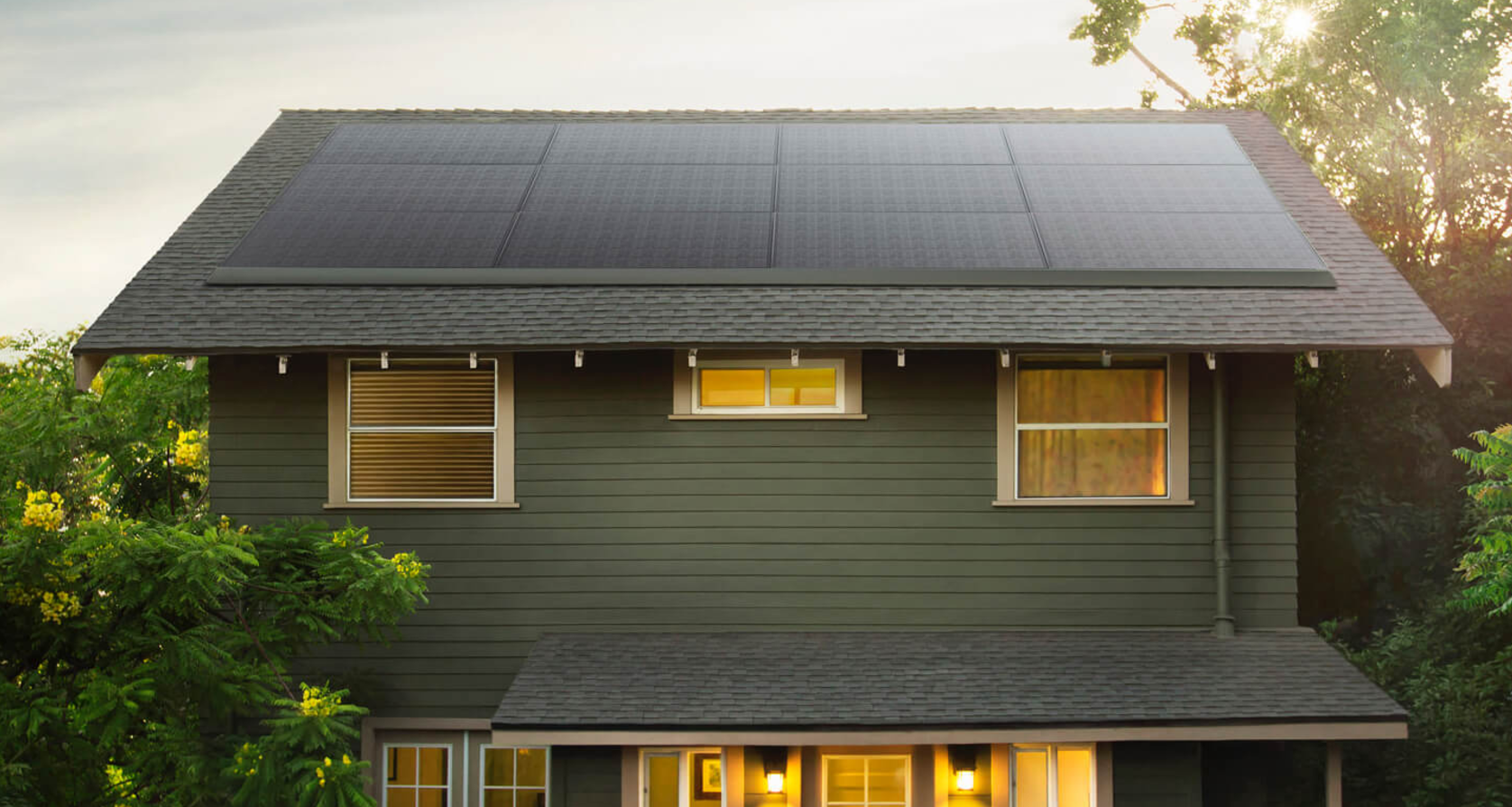Can Elon Musk’s SolarRoof Really Save the World?

It was almost exactly two years ago when Tesla CEO Elon Musk casually took to a stage and demonstrated how he was going to save the world. The problem of the uncontrollable rise of carbon dioxide in our atmosphere was the problem Musk was going to tackle—the same one that world governments, nonprofits, and companies all over the world have been unable to even take a swing at. It was a clear path forward for renewable energy that actually could work.
The idea was simple: combine solar panel technology with Tesla’s new highly efficient, low-cost batteries. The Powerwall is the home version, which makes the solar energy gathered during the day to power a household for 24 hours a day. It’s a simple 10 kWh battery (that can be attached inside or outside your home) and are made to replace those crusty old batteries that made solar power so inefficient.
More than that, Tesla also introduced Powerpacks, which were big enough to be used for utility purposes. This year the company has already announced large projects such as taking on powering the island of Kauai and the Southern California Edison. With both localized power generation and utility power covered, Tesla’s take on the battery has been a gamechanger.
But as I said when I first reported on Tesla’s event back in 2015, it was only solving half of the problem. Just like those old batteries, solar panels were also clunky, expensive, inefficient, and seriously ugly.

That’s why two years later, Elon Musk took the stage and proposed his vision of fixing the second half of the equation. After reexplaining the desperate situation our world is in, Musk went to introduce his audience to the Solar Roof. What the engineers at Tesla have done is integrate solar cells into the individual glass tiles of the roof, of which the company is currently offering three different styles.
Musk said that for these Solar Roofs to work, they needed to be beautiful, affordable, and fully integrated in a seamless way. He joked about how much people care about their homes and how all three elements needed to be in place for it to work, but it really is true. While we certainly won’t know this until installations begin happening this summer, the company certainly seems to have found a way to address all three of these elements.
The houses that Musk showed off at the event, which had the Solar Roofs installed on, looked fantastic. The glass has a slightly modern look, though it’s nothing that anyone would make heads turn. Most importantly, it looks about a hundred times better than the solar panels currently out on the market. In many ways, it seems like the same approach the company has taken with the Tesla cars.

